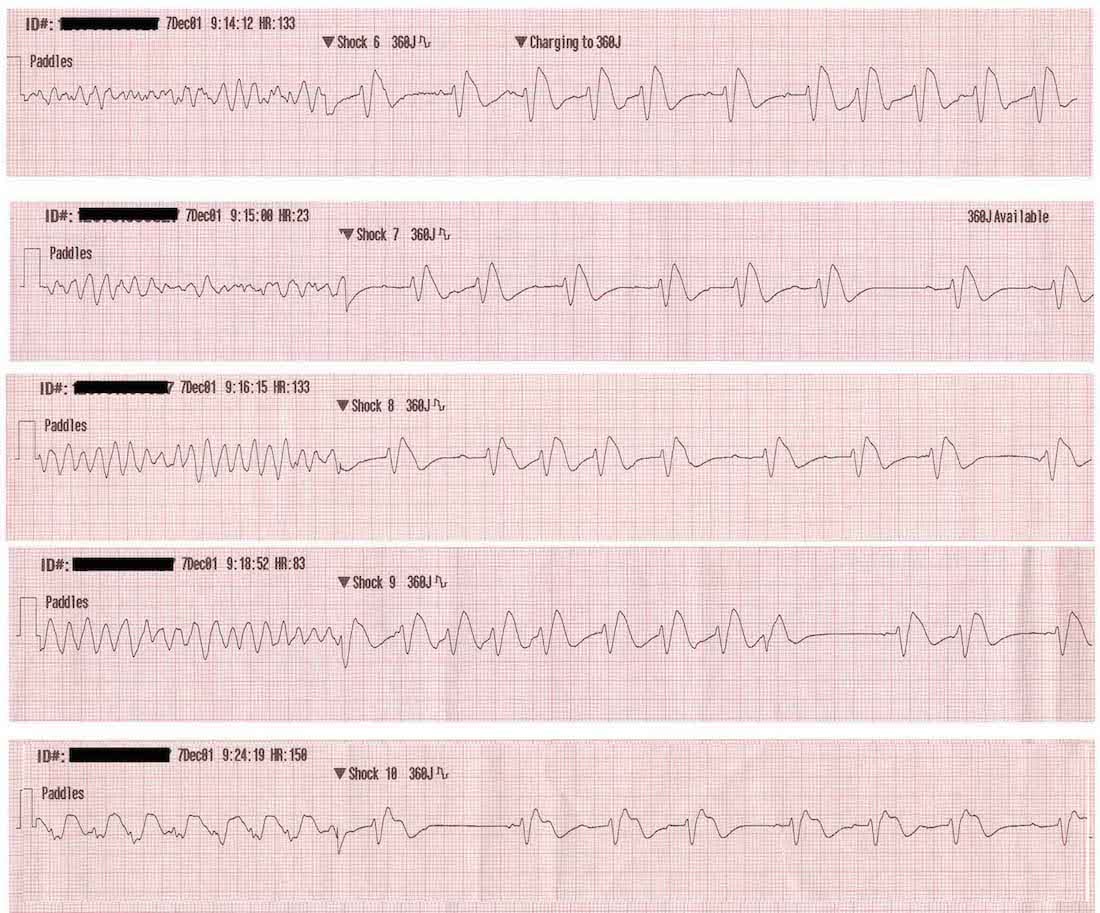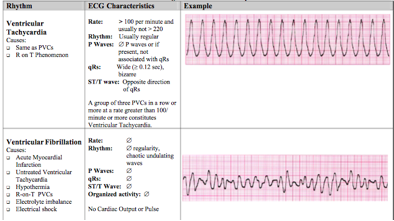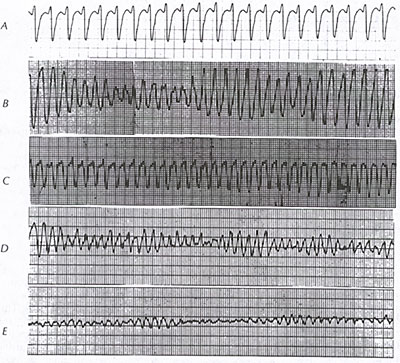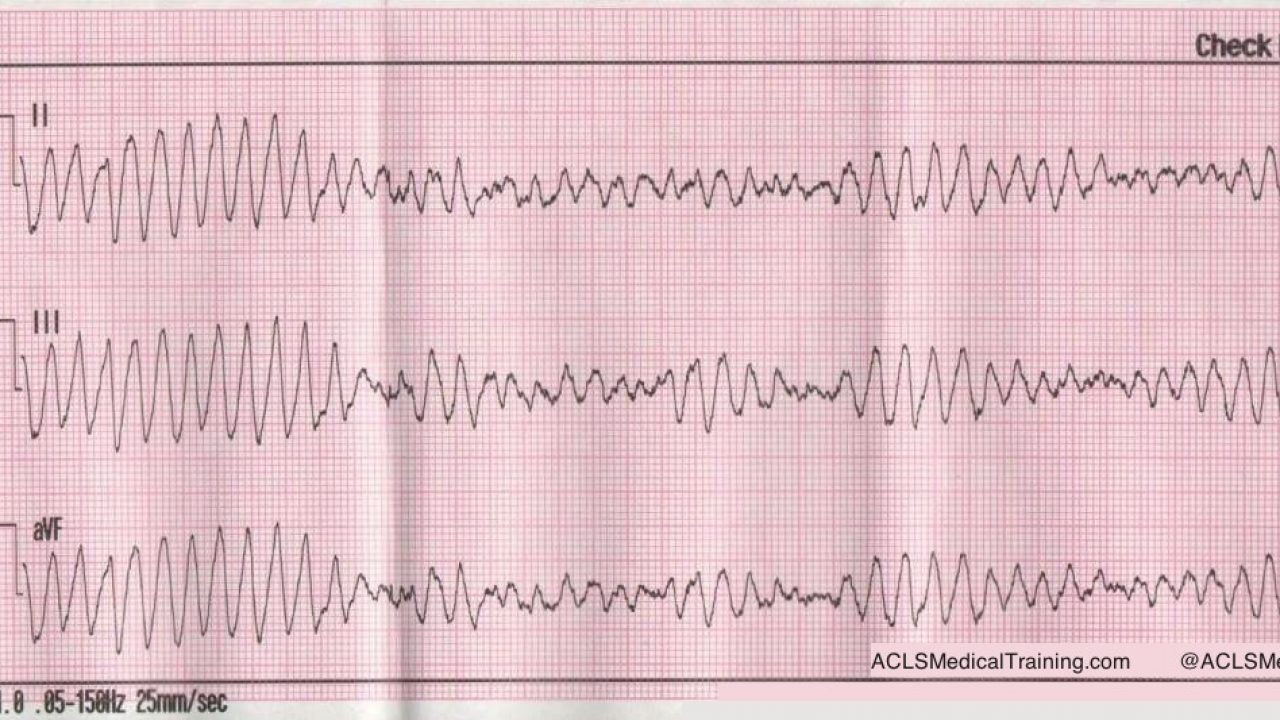V Fib Ventricular Fibrillation V Tach

Such a condition arises mostly in people having valvular hear disease.
V fib ventricular fibrillation v tach. This abnormal rhythm happens most often in people with heart disease or a prior heart attack. Some cases of ventricular fibrillation begin as a rapid heartbeat called ventricular tachycardia vt. The treatment of vf and pulseless vt ventricular fibrillation and pulseless ventricular tachycardia is included in the cardiac arrest algorithm. Ventricular tachycardia v tach is treated similarly to v fib.
Ventricular fibrillation always is an arrest rhythm while pulseless ventricular tachycardia is the arrest rhythm. Ventricular fibrillation vf and pulseless ventricular tachycardia vt are life threatening cardiac rhythms that result in ineffective ventricular contractions. In v fib your lower heart chambers contract in a very rapid and uncoordinated manner. Most vt occurs in people with a heart related problem such as scars or damage from a heart attack.
There s not an opportunity to build up the pressure so the blood stops flowing. Ventricular fibrillation or v fib is considered the most serious cardiac rhythm disturbance. Ventricular tachycardia may be narrow or broad complex while fibrillation cannot be subdivided. This rapid but regular beating of the heart is caused by abnormal electrical impulses that start in the ventricles.
A dangerous condition related to ventricular tachycardia is ventricular fibrillation v fib. It is due to disorganized electrical activity. This prohibits the heart from pumping blood causing collapse and cardiac arrest. The difference is that ventricular tachycardia continues to make the heartbeat regularly but it goes so fast that the heart never gets a chance to fill with blood.
Atrial fibrillation afib is a type of abnormal heart rhythm arrhythmia usually with a very fast heart rate that is caused by irregular contractions of the upper chambers of the heart the atria. Ventricular fibrillation results in cardiac arrest with loss of consciousness and no pulse. Disordered electrical activity causes the heart s lower chambers ventricles to quiver or fibrillate instead of contracting or beating normally. What is the difference between ventricular tachycardia and ventricular fibrillation.
Ventricular tachycardia vtach ventricular tachycardia is a medical condition which is associated with the hearts irregular electrical impulses. Asystole and pea are also included in the cardiac arrest algorithm but are non shockable rhythms. Ventricular fibrillation v fib or vf is an abnormal heart rhythm in which the ventricles of the heart quiver instead of pumping normally. Ventricular fibrillation vfib ventricular fibrillation vfib is a medical condition in which the heart beats in an abnormal rhythm.
This is followed by death in the absence of treatment. Vf figure 24 is a rapid quivering of the ventricular walls that prevents them from pumping. Vf and pulseless vt are shockable rhythms and treated in similar fashion.


















